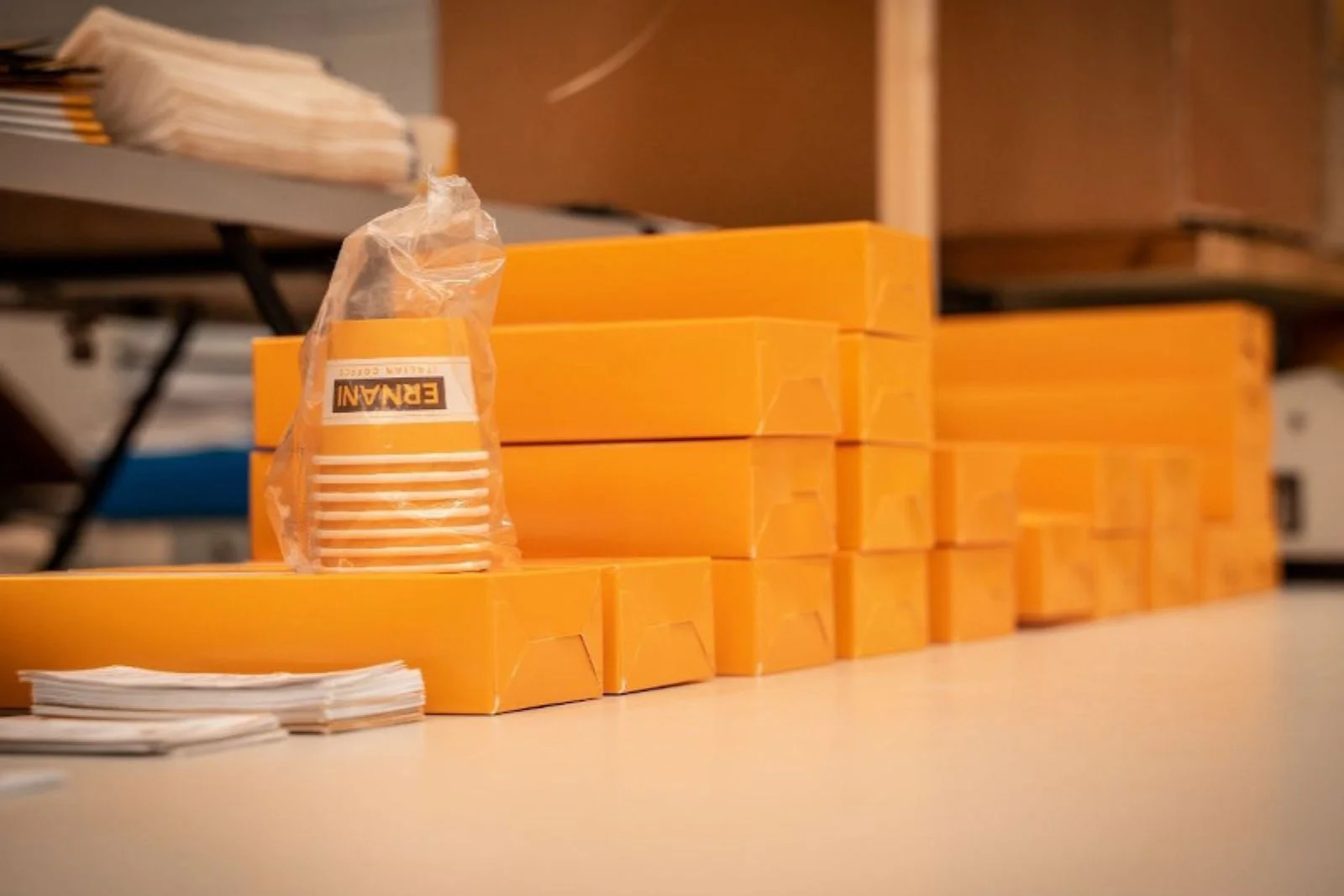
By now we have all noticed: a new type of packaging has arrived in supermarkets as well, replacing the more classic vacuum pack in many cases.
And the question comes immediately: is it better to vacuum or one-way valve?
I will not tell you which of the two methods is best,You will decide which packages you prefer!
Let’s start by saying. packaging is a really important step, as it is on it that the preservation of the coffee’s organoleptic properties depends and thus its integrity.It would be a huge waste to spend time researching and carefully selecting coffee, roasting it in the best way possible, and then ruining it all with improper storage.
The greatest enemies of coffee are 4:
- Light – Best stored in a non-transparent jar placed in a pantry
- Air – best stored in an airtight jar
- Heat – Avoid hot places in the house, such as near the stove or oven or in a pantry where it beats the direct sun
- Moisture – best stored in an airtight jar
In addition, data say that 60 percent of a coffee’s aromas vanish just 15 minutes after grinding.
When you think about it, the figure is really striking: in fact, many people buy coffee that has already been ground, and if proper care is not used, it loses much more than half of its aroma, without even having time to get into the customer’s hands.
That is why it is critical to choose the packaging of the coffee packet carefully.
The two main methods, if we are talking about bags, are two:
1. Vacuum

2. One-way valve, also called check valve
To understand the properties of both, it is fair to know that immediately after roasting, coffee releases a large amount of gas, particularly carbon dioxide (CO2). This continues over time, albeit more slowly.
This is why coffee is said to need to “degas” after being roasted, that is, to “breathe.”
In this sense. vacuum is not wrong, as it protects the coffee from oxygen and light , thus properly preserving the coffee. But Being hermetically sealed with no escape route, all the gases naturally produced by the coffee, remain inside the package.
So it can be said that in this direction, the one-way degassing valve is a step forward. In that it allows gases to escape, but does not allow oxygen to enter the package.
If in addition a controlled atmosphere of nitrogen is recreated inside the bag, it is even better!
Food-grade nitrogen is an odorless and colorless gas, but it allows the perfect retention of all the flavor components of coffee.
How does a person know what type of coffee bag is purchased and whether or not it contains dietary nitrogen?
You can first do a very quick visual check, looking for the valve on the bag (see photo 2). In addition, if nitrogen is added, it is mandatory to report the information on the label. So it is safely available to anyone with a quick read.
Finally, how to continue proper coffee storage even at home or in your coffee shop?
For home use, it is always best to opt for small packages, so that little coffee can be opened at a time and consumed as quickly as possible.
Therefore, open the package only at the time you need to take out the ground or grains to do the extraction. After that, store it in an airtight, non-transparent tin inside a pantry with a constant temperature.
Putting coffee in the refrigerator is not entirely wrong, but great care must be taken. Coffee is like a sponge and if it is not sealed and then placed near other foods it will absorb the flavor. None of us are in the mood for onion coffee!
It also suffers a lot from temperature changes, so doing in and out of the refrigerator deteriorates it faster.
If, on the other hand, you buy coffee for your business, the best advice I can give you is to never fill the grinder hopper to the brim, but to open only the coffee that is useful for serving.
Grind very little coffee at a time: the dispenser should not be filled with ground coffee , because, as we said before, in just 15 minutes 60% of the aroma is already gone.
Remember that coffee suffers a lot from moisture and consequently the grind should be checked several times a day. It is better not to have the dispenser full of coffee so that you can change the grind as soon as the need arises, without having to throw away all the ground coffee that cannot be used.
Hand in hand goes the importance of cleanliness. All equipment in contact with coffee should be cleaned, otherwise it would compromise the quality of newly purchased and opened coffee.








